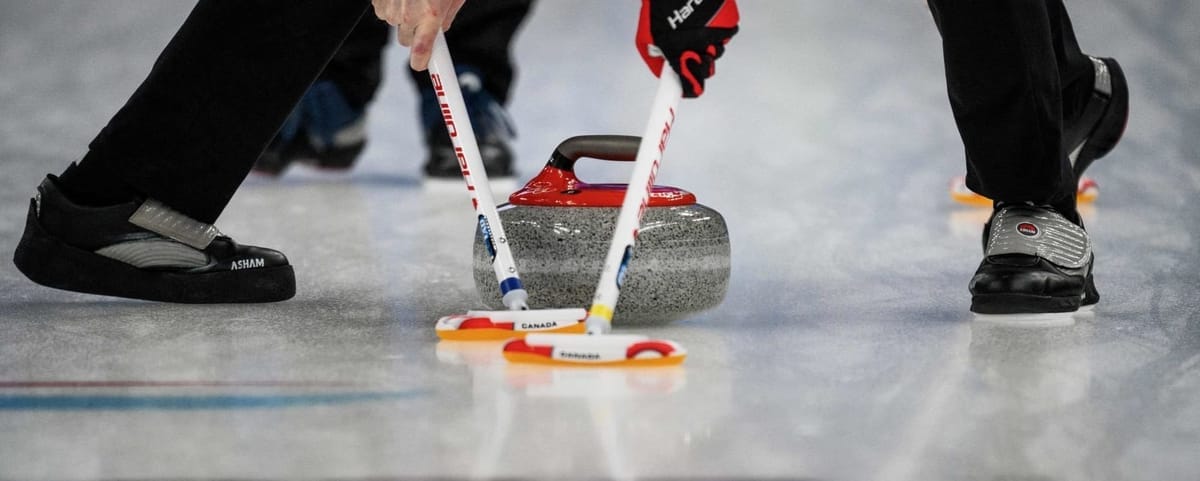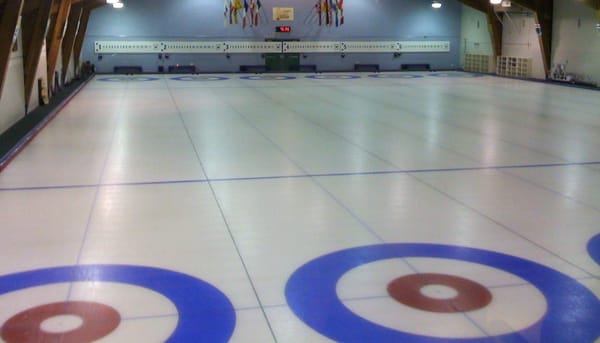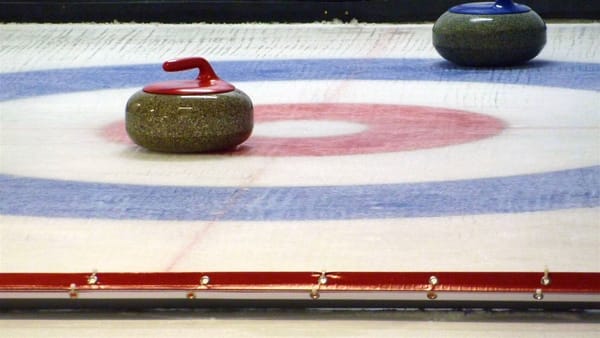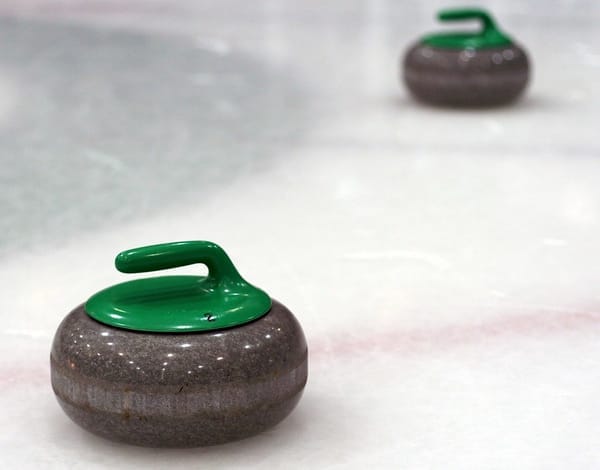Brushgate: The Controversy Shaping the Future of Curling

In the world of curling, few events have sparked as much debate and scrutiny as "Brushgate." This controversy emerged in 2015 when certain teams began utilizing innovative broom technologies that allowed them to dramatically alter the path of curling rocks. Dubbed "Frankenbrooms," these new tools featured brush heads made from abrasive fabrics, which could create deep scratches on the ice surface. This ability to manipulate a rock's trajectory raised concerns about fairness and the essence of the game itself.
The Rise of the Frankenbroom
As curlers experimented with these advanced brooms, many felt that they shifted the balance of the game from strategy and precision to a more sweeping-centric approach. Curling has long been celebrated for its emphasis on skill and finesse, but the introduction of these high-tech brooms seemed to detract from the core values that define the sport. As the debate intensified, the curling community found itself divided over whether this new technology provided an unfair advantage to teams employing it.
The World Curling Federation Takes Action
In response to the growing concerns surrounding broom technology, the World Curling Federation (WCF) convened an international sweeping summit to explore the implications of these new materials. During this gathering, officials examined how different broom fabrics affected the behavior of the rocks on the ice. Ultimately, the WCF made the crucial decision to standardize one type of fabric for brush heads, aiming to preserve the integrity of the game and ensure fair competition.
Research into Broom Effectiveness
Despite the WCF's efforts to regulate broom technology, questions lingered regarding how various materials impacted the ice surface. To address these uncertainties, researchers at Western University conducted a study comparing a legal broom to six illegal versions. By using a special putty to create impressions of the ice after sweeping with each broom, they discovered that four of the illegal broom heads produced scratches significantly deeper than those made by the approved broom head. This finding underscored the importance of maintaining the game's integrity, as the legal broom material did not allow for unnatural manipulation of the rock’s path.
Interestingly, two of the banned broom heads did not create deep scratches and performed comparably to the approved broom head in terms of their effect on the ice. This revelation opens the door for potential future changes in regulations, suggesting that the WCF might consider expanding its list of approved broom fabrics.
Changing the Rules of the Game
The Brushgate controversy has prompted significant changes in the rules governing curling brooms, particularly in high-level competitions. Most manufacturers now produce "championship approved" fabric pads that comply with WCF regulations. While many competitive leagues have adopted these rules, it's worth noting that most club leagues have yet to align with the WCF’s standards.
Balancing Tradition and Innovation
The implications of Brushgate extend beyond the technicalities of broom materials. This controversy has ignited a broader conversation within the curling community about the balance between tradition and innovation. As equipment technology continues to evolve, there is a pressing need to ensure that these advancements do not overshadow the fundamental principles of the game. The ongoing debate highlights the importance of regulating equipment to maintain fair play and preserve the sport's integrity.
Conclusion
Brushgate serves as a crucial case study in the impact of technology on traditional sports. As curling navigates the challenges posed by advancements in equipment, the community must strive to uphold the core values that have defined the sport for generations. The discussions surrounding broom technology illustrate the delicate balance between embracing innovation and honoring the rich history of curling. As the sport continues to evolve, the lessons learned from Brushgate will undoubtedly shape its future for years to come.



